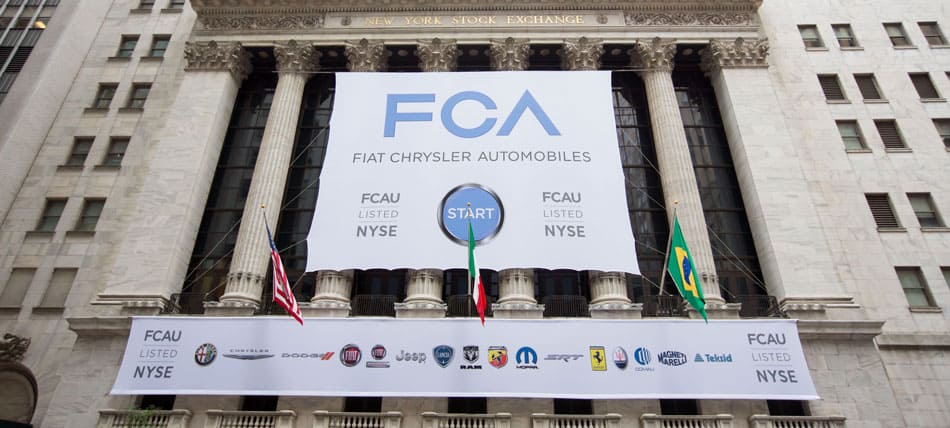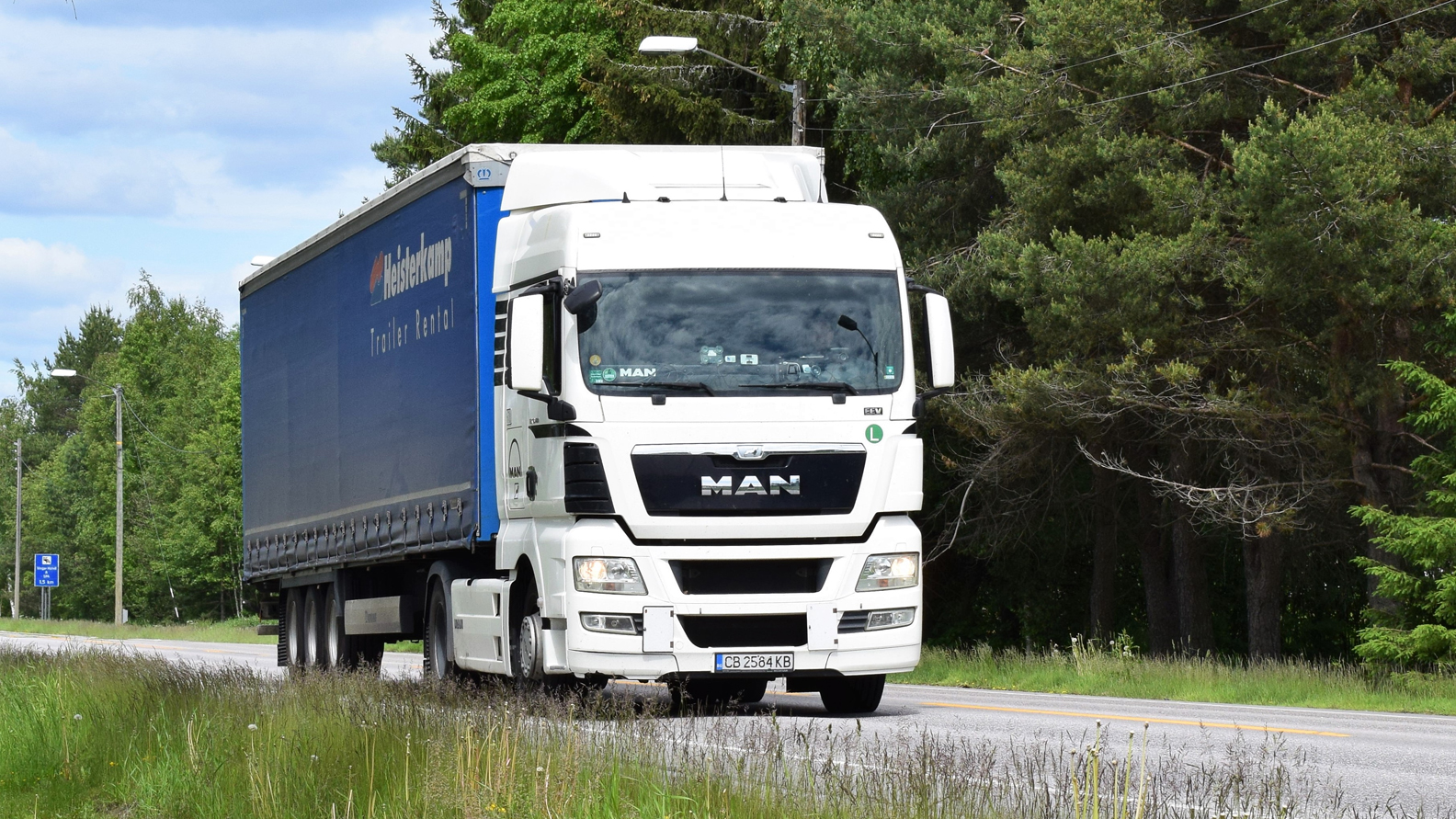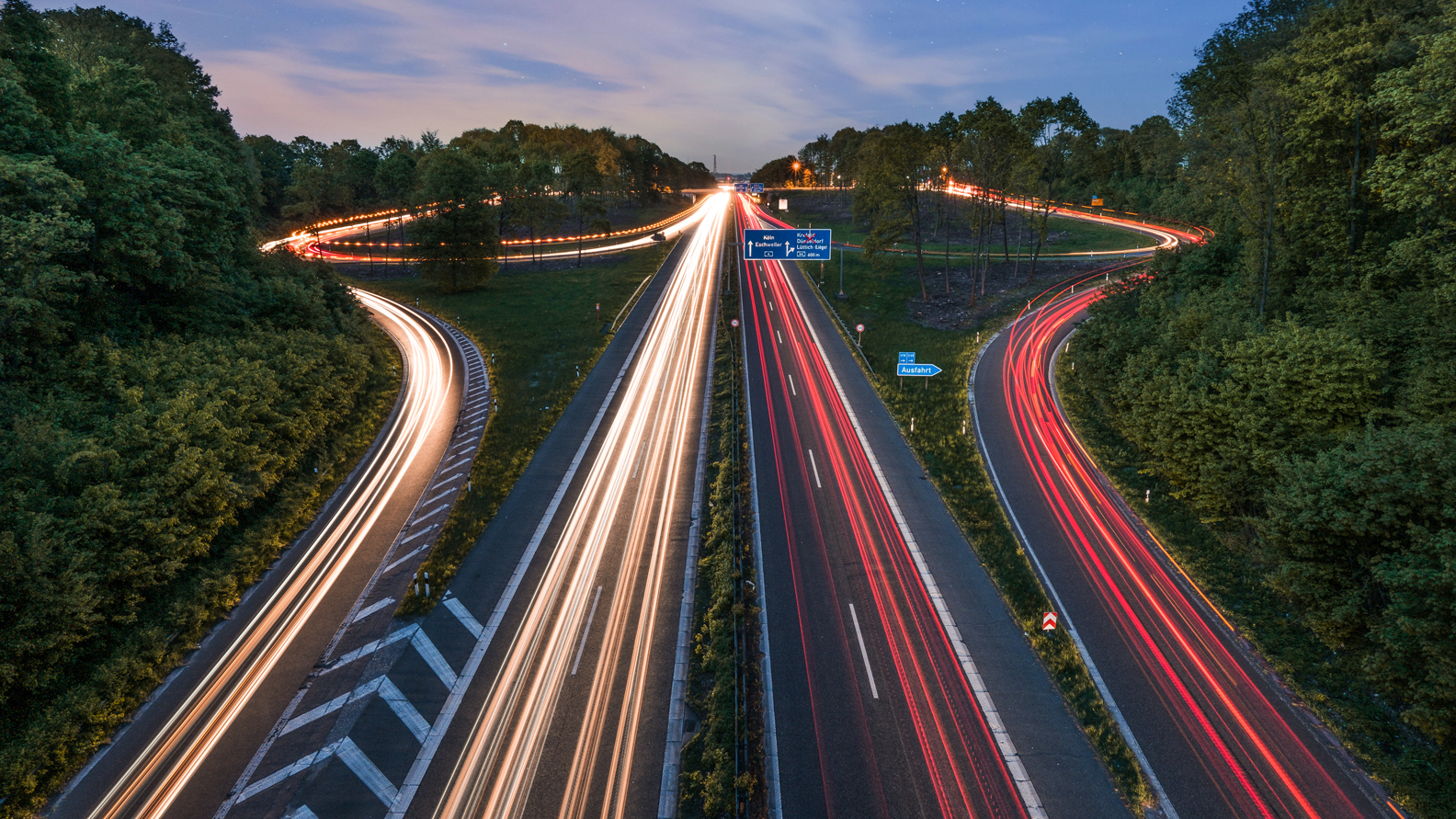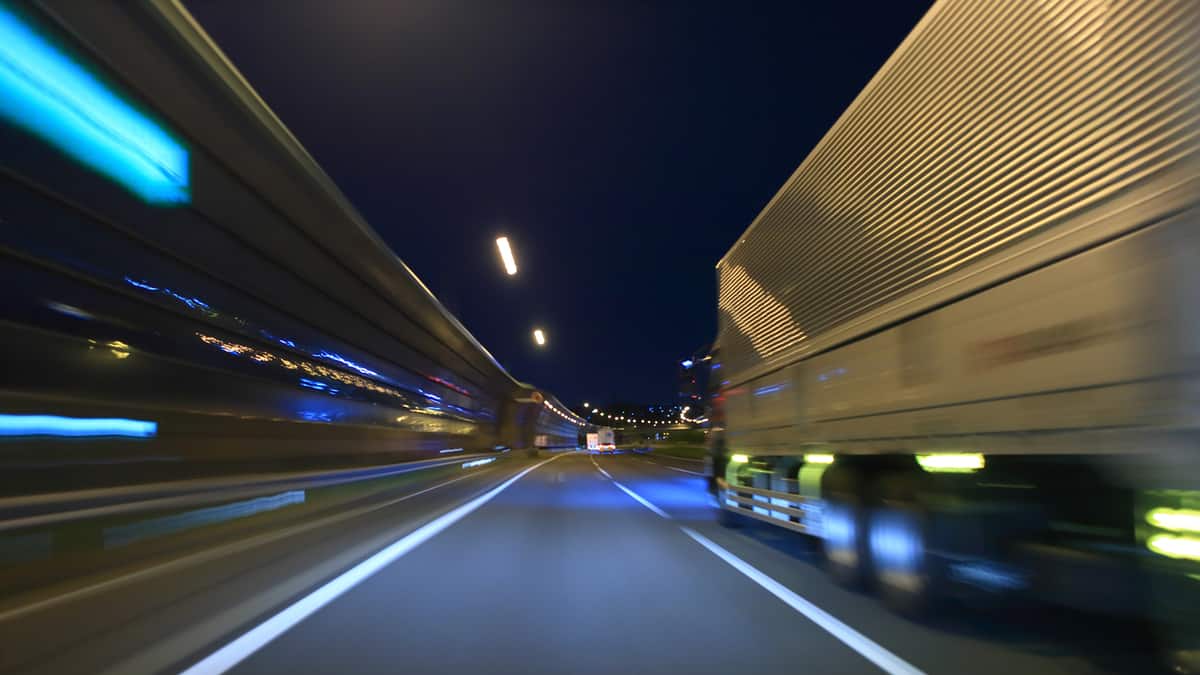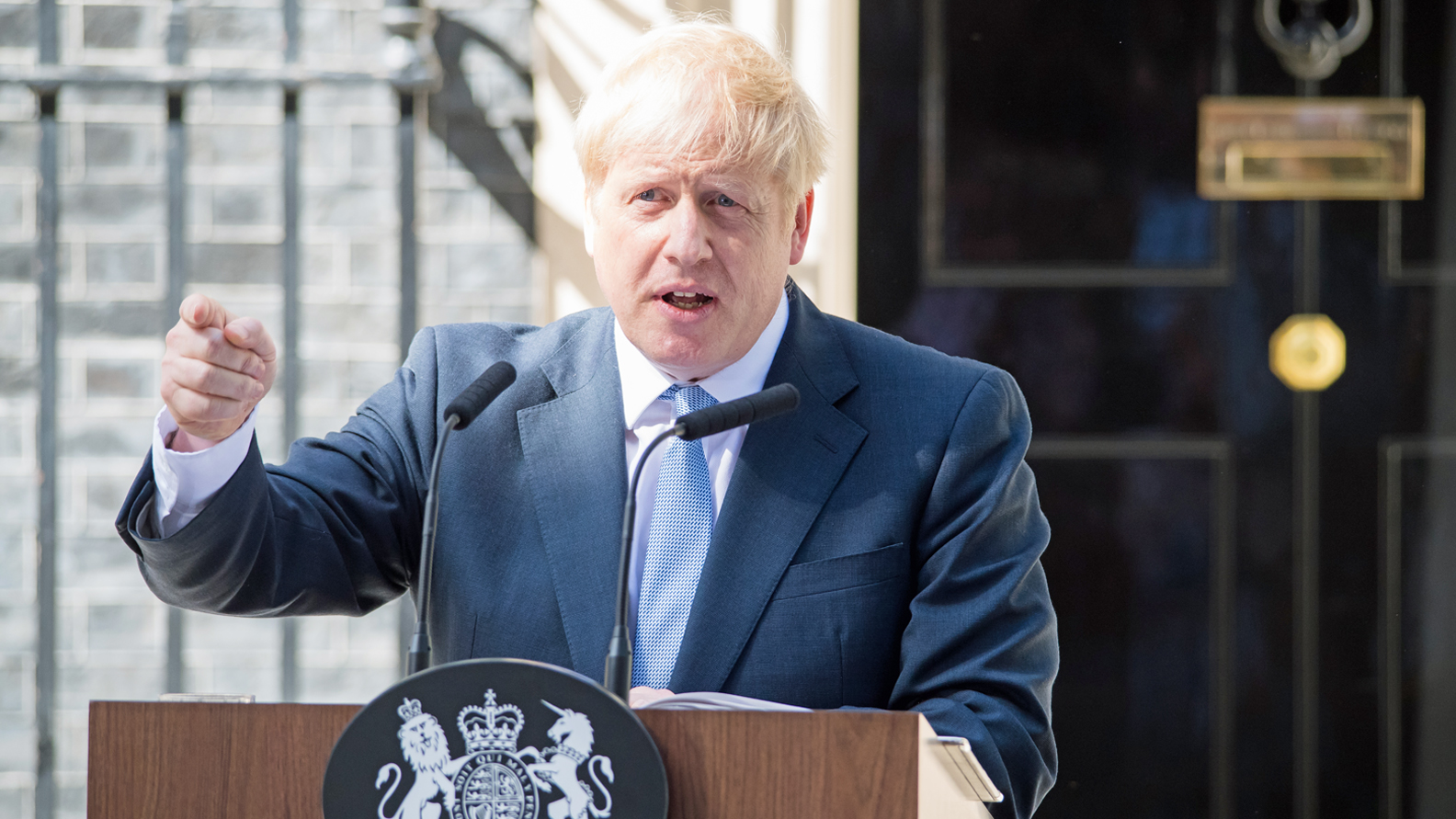
Fiat Chrysler Automobiles (FCA) and PSA Group-owned Peugeot have just announced a $48 billion merger, creating the fourth-largest carmaker in the world.
The joint press release acknowledged “a new era in sustainable mobility” and the subsequent need for industry leaders to make “bold and decisive moves.”
While this merger may appear to focus on product development, Jessica Caldwell, Edmunds’ executive director of industry analysis, thinks it suggests more about funding research on electric and autonomous vehicles.
“The electrified, autonomous future everyone is waiting for just isn’t feasible without automakers merging and forming strategic alliances to share research and development costs,” she said. “This is a smart move by both Fiat Chrysler and PSA to ensure their companies continue to be viable and relevant as the industry evolves.”
Executive leadership of this new company will be in the hands of Carlos Tavares, former CEO of PSA, for a five-year term. John Elkann, Fiat board chair, will be the chair of the new company. The company will keep its Fiat Chrysler headquarters in the Netherlands, but also have a North American office in Detroit, Michigan.
“This convergence brings significant value to all the stakeholders and opens a bright future for the combined entity,” said Tavares. “I’m pleased with the work already done with [Mike Manley, CEO of FCA] and will be very happy to work with him to build a great company together.”
Together, the companies will have 410,000 employees and a shared annual revenue of $190 billion. Last year, the companies sold 8.7 million vehicles, putting them ahead of General Motors.
This merger comes several months after Fiat Chrysler proposed a 50-50 merger with its French rival Renault, but that fell through when French government representatives asked for the vote to be postponed. The French government owns 15% of Renault.
The FCA and PSA merger doesn’t come without its own set of issues. Factory workers for Vauxhall, also owned by PSA, are concerned about whether they’ll keep their jobs. The Unite union has been seeking an appointment with PSA leadership on the workers’ behalf.
Global automobile sales have also been down, which cause concerns about an impending recession. But stricter emissions regulations in China and Europe have motivated automobile companies to invest in electric and autonomous technologies that have the potential to shift traditional industry models.

